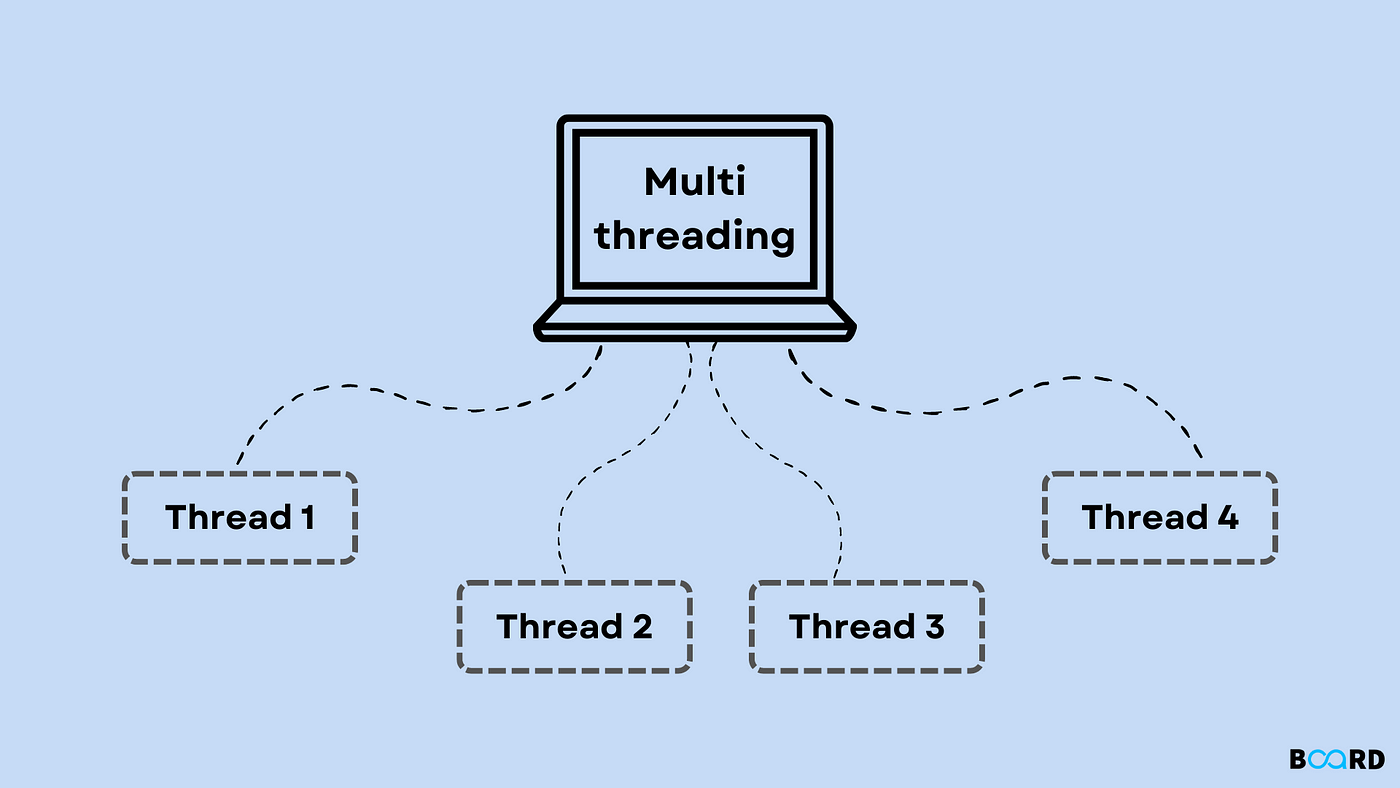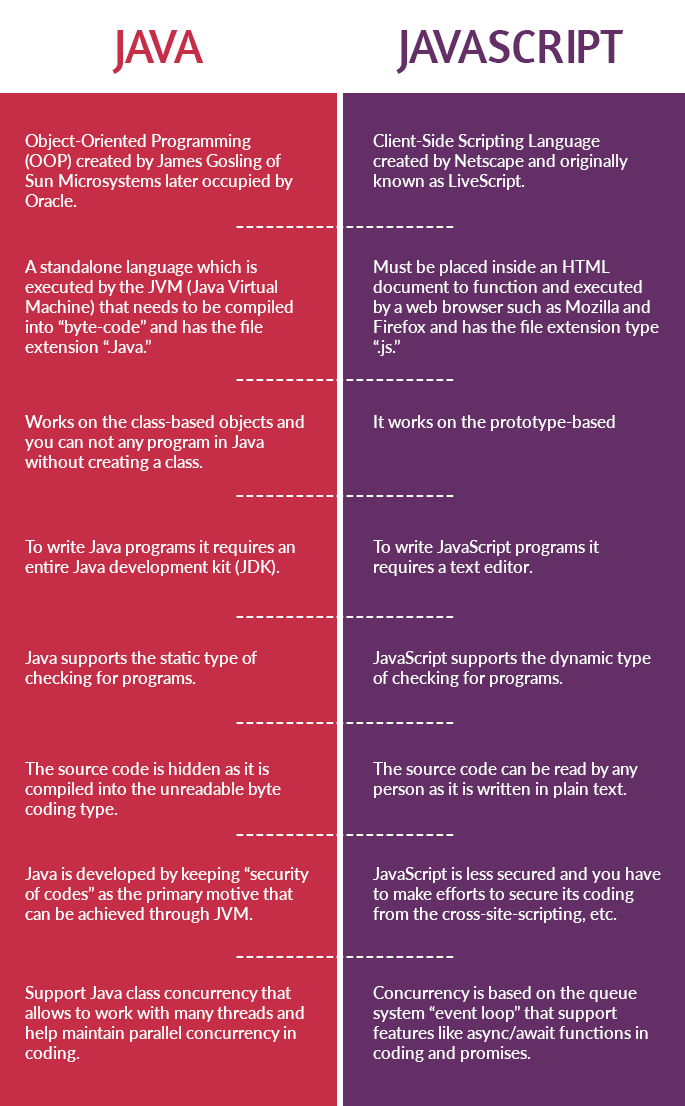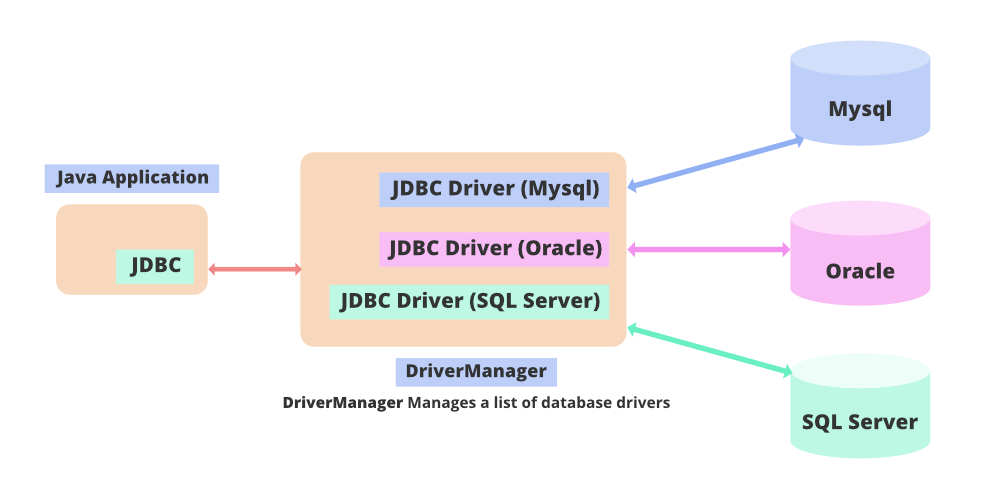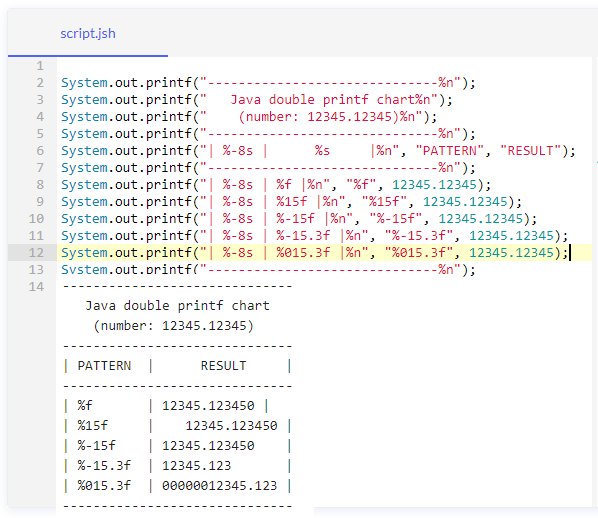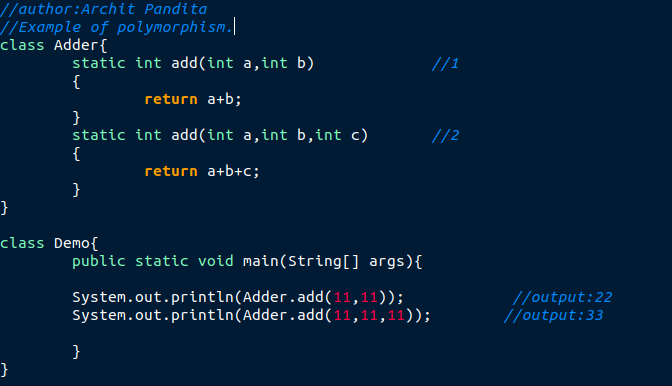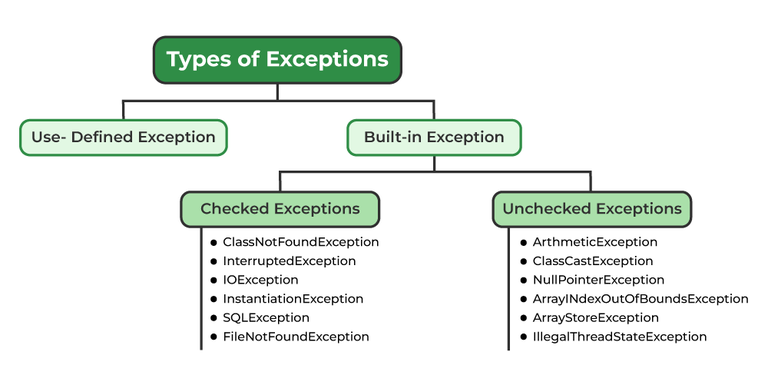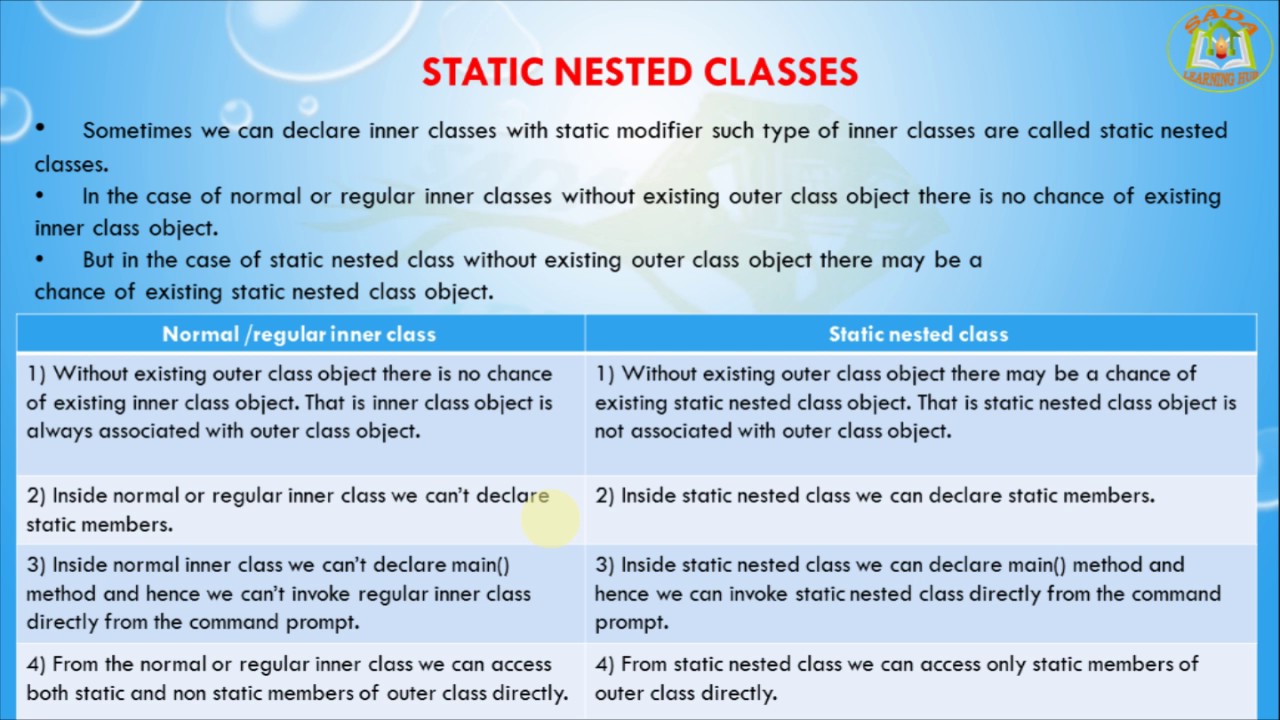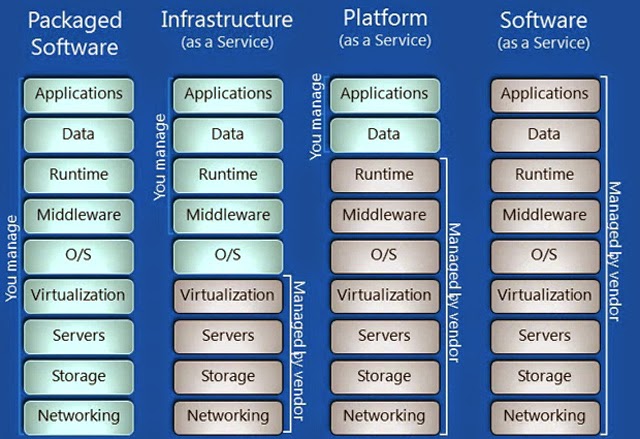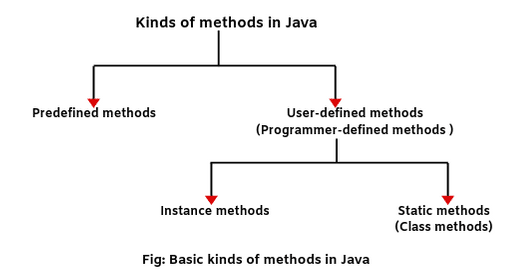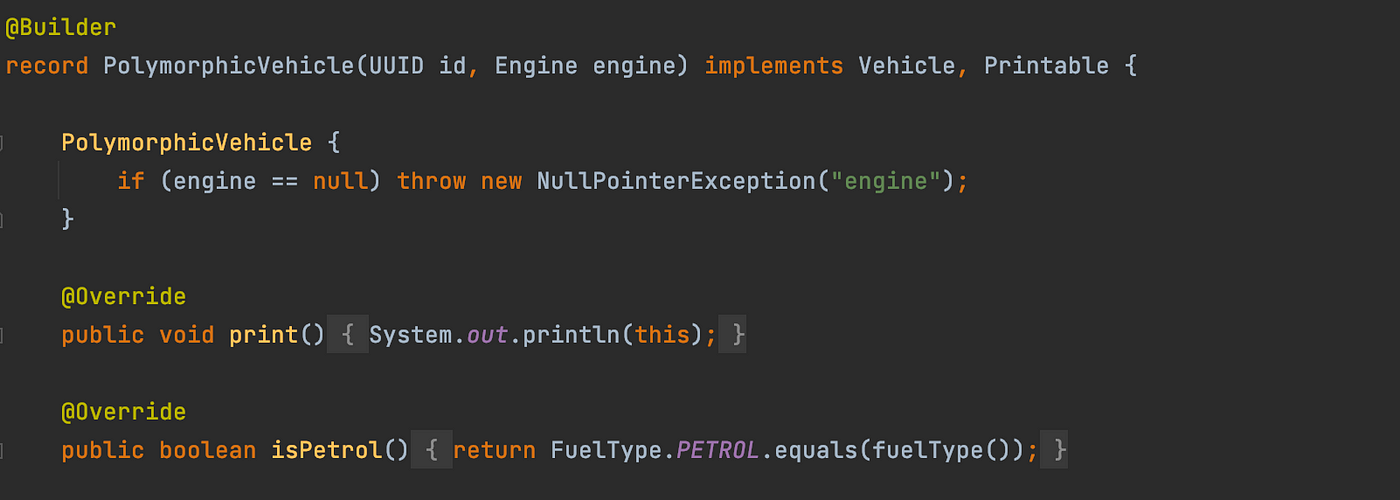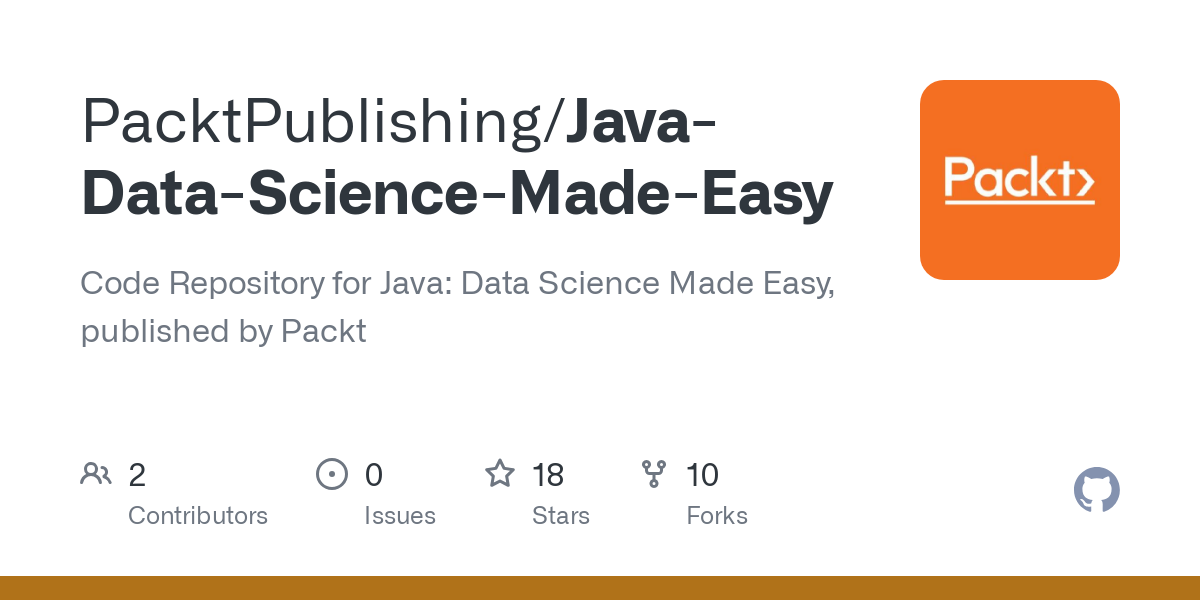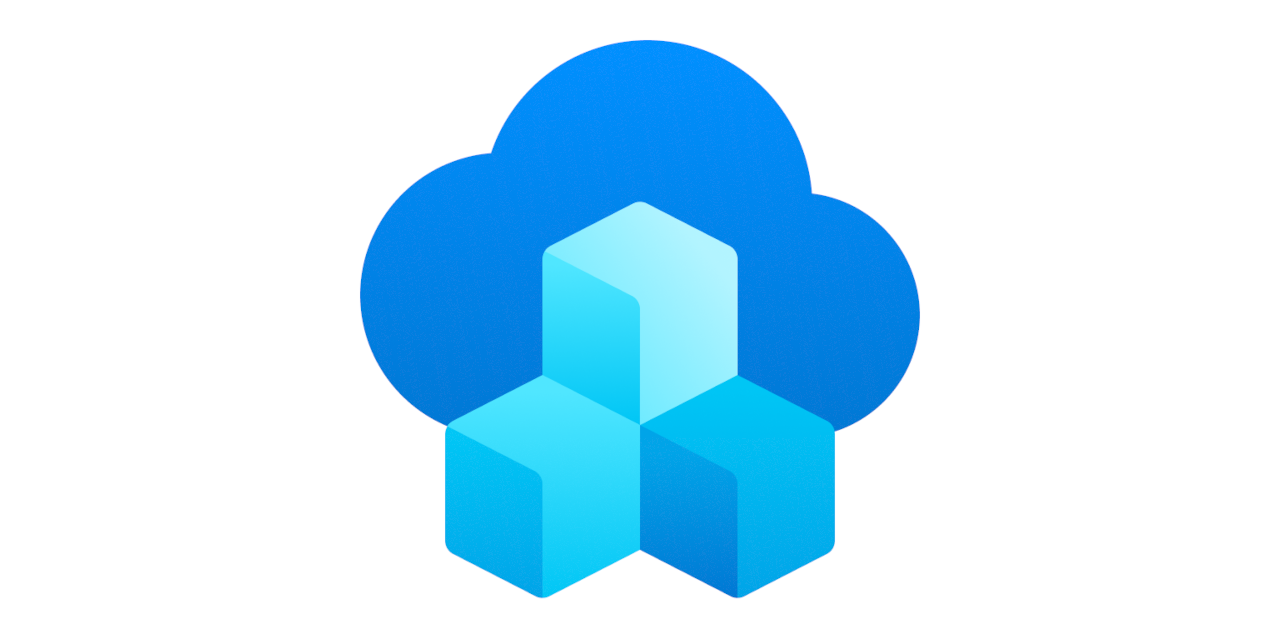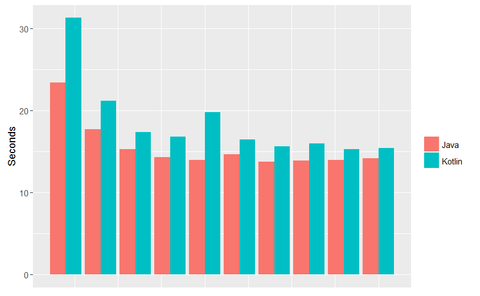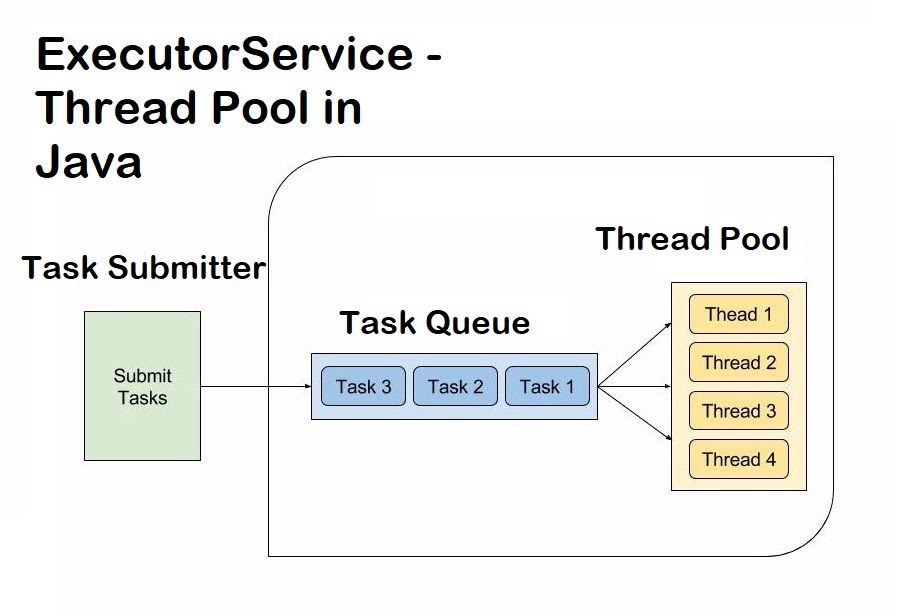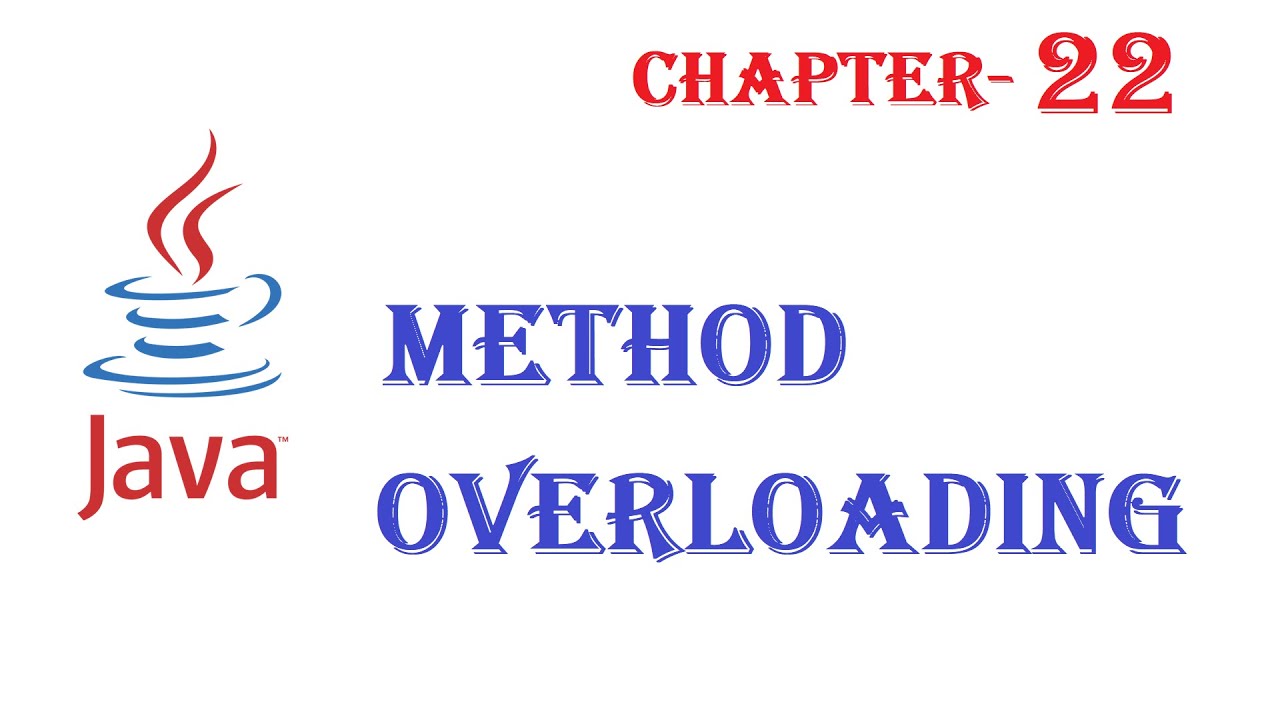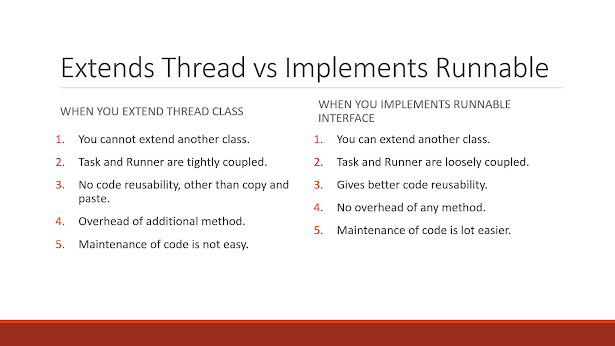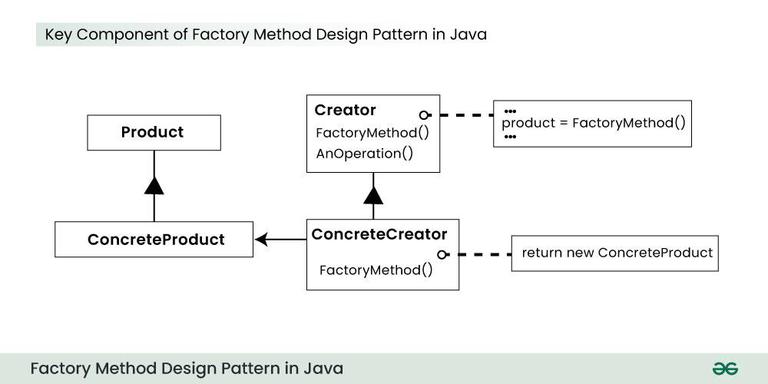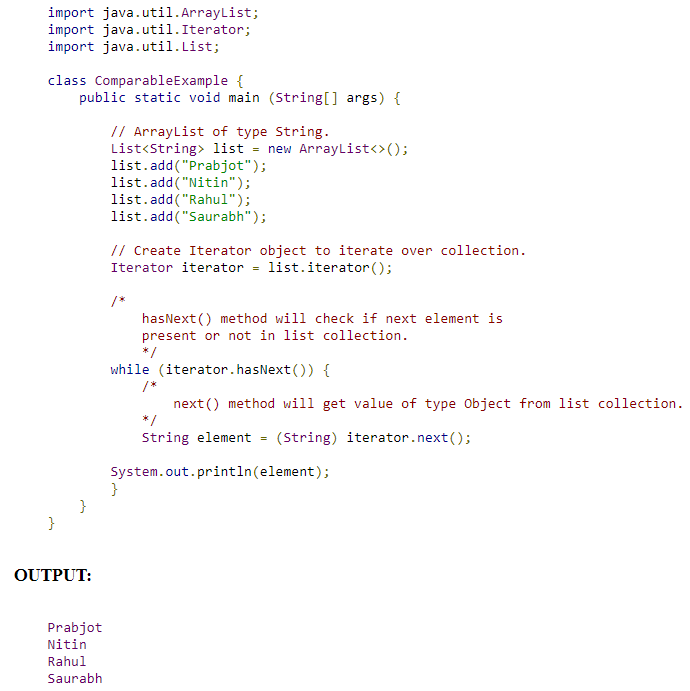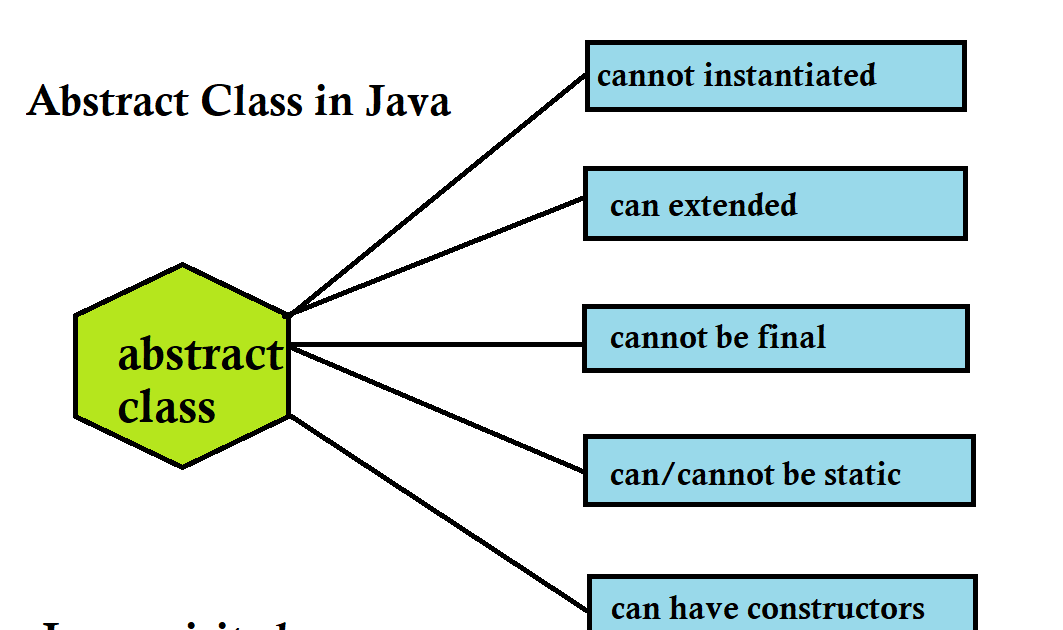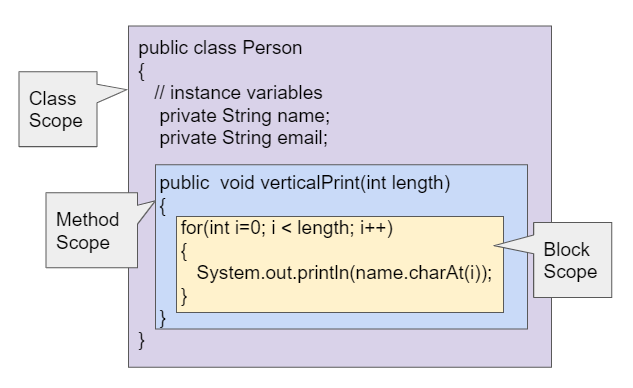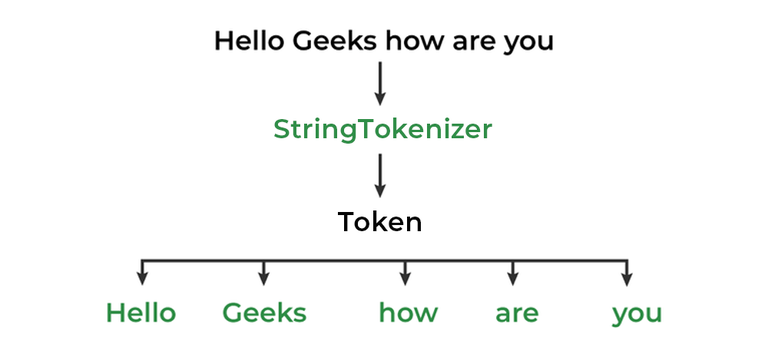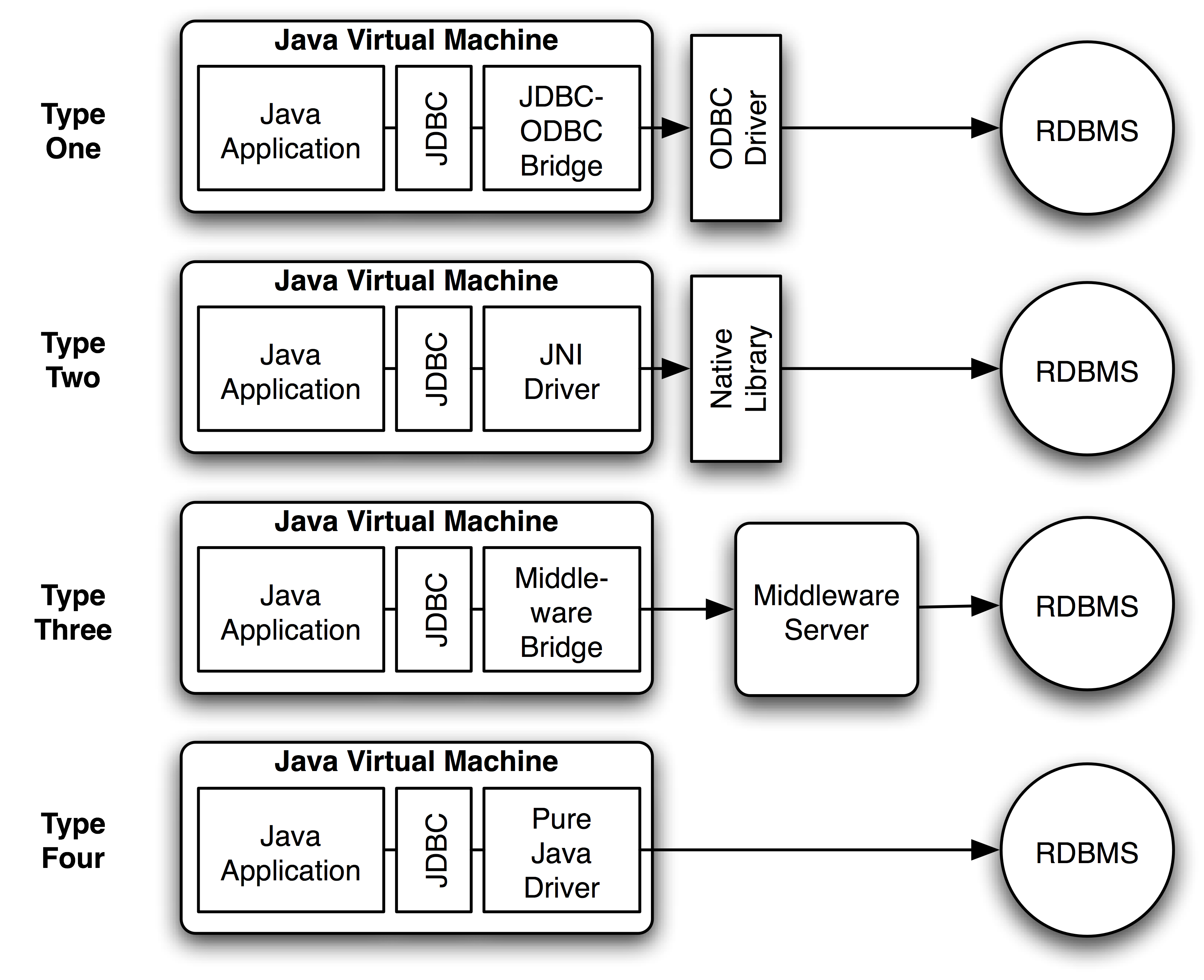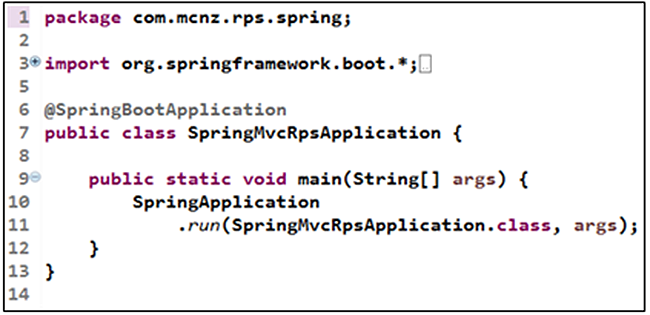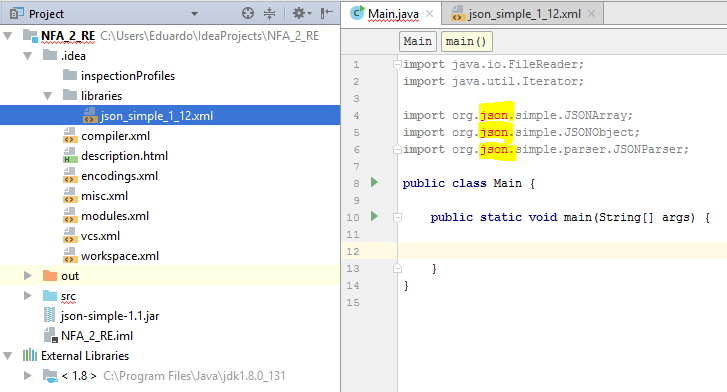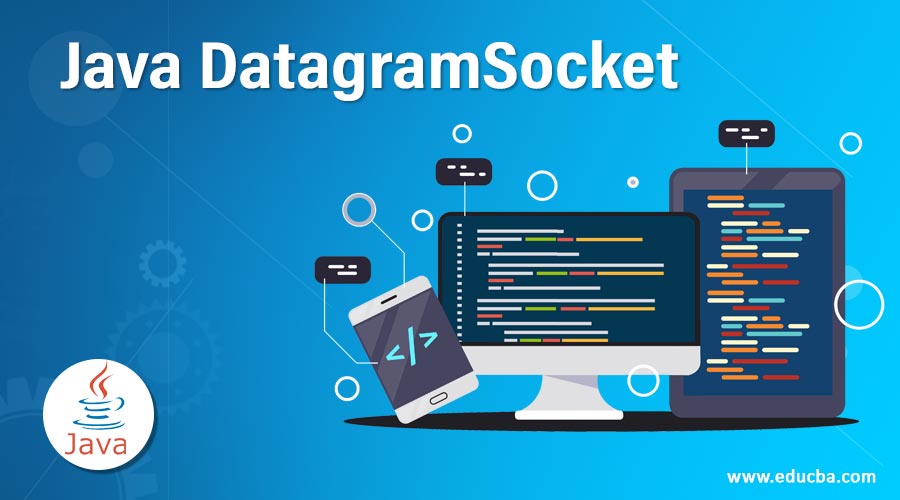How to run MongoDB with Java?
How to run MongoDB with Java?
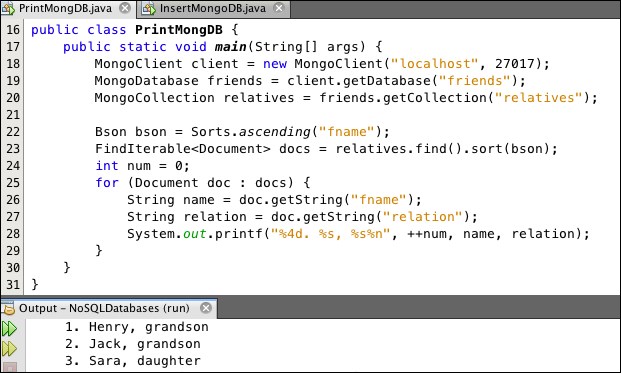
I'm happy to help you with that! Running MongoDB with Java is a straightforward process that requires the right tools and a bit of configuration. Here's a step-by-step guide to get you started:
Step 1: Install the MongoDB Java Driver
To interact with your MongoDB database from a Java application, you'll need the official MongoDB Java driver. You can download it from the MongoDB website or install it using Maven (if you're using an IDE like Eclipse or IntelliJ):
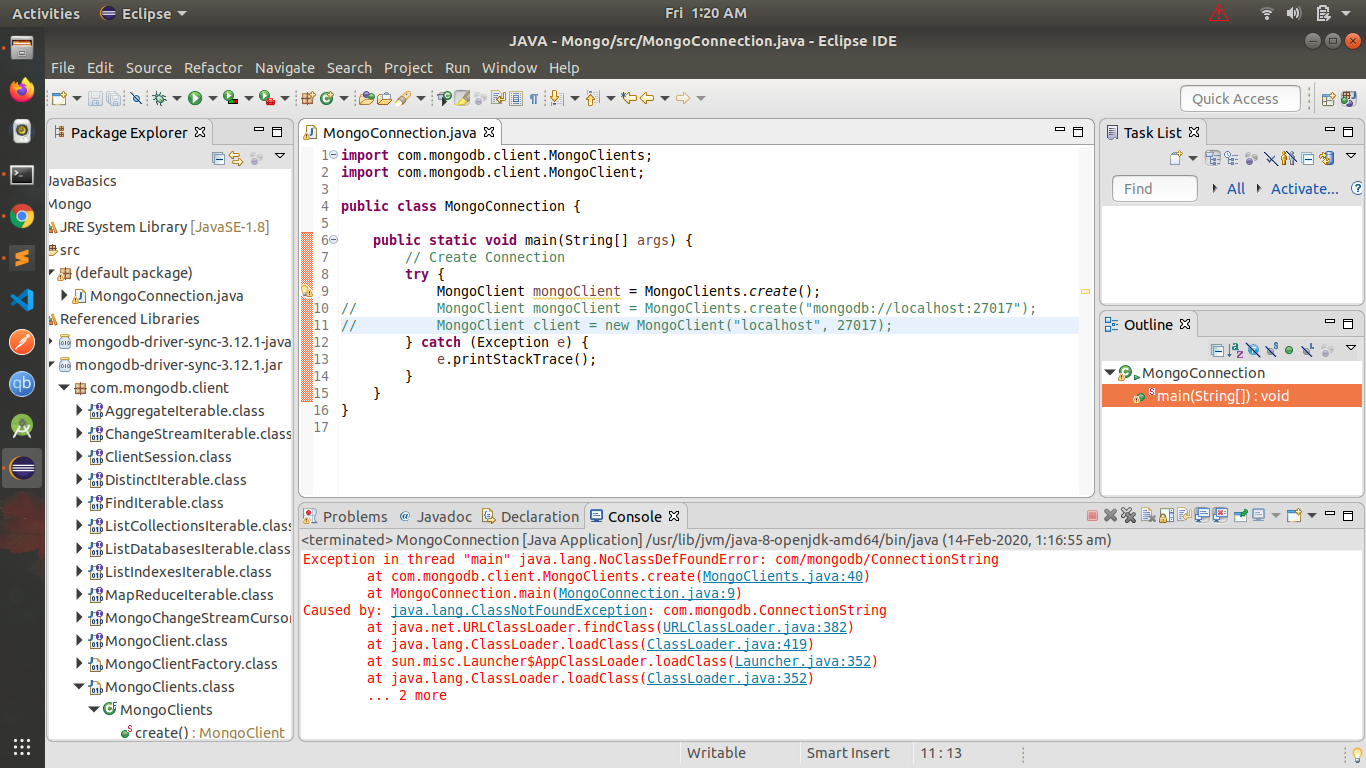
org.mongodb
mongodb-driver-sync
4.3.1
Step 2: Download and Start MongoDB
Before you can connect to your MongoDB database from Java, you'll need to start the MongoDB server. You can download the Community Server for free from the official MongoDB website.
To start the server, navigate to the extracted directory in your terminal/command prompt and run:
mongod
This will start the MongoDB server on default port 27017.
Step 3: Create a Java Application
Create a new Java application using your preferred IDE (Eclipse, IntelliJ, NetBeans) or text editor. Add the MongoDB Java driver as a dependency if you're using Maven.
Here's an example code snippet to get you started:
import com.mongodb.BasicDBObject;
import com.mongodb.client.FindIterable;
import com.mongodb.client.MongoClients;
import com.mongodb.client.MongoDatabase;
import org.bson.Document;
public class Main {
public static void main(String[] args) {
// Create a MongoDB client
MongoClients.create("mongodb://localhost:27017/");
// Get the database object
MongoDatabase db = MongoClients.get().getDatabase("mydatabase");
// Perform CRUD operations
performCRUDOperations(db);
}
private static void performCRUDOperations(MongoDatabase db) {
// Create a new collection (if it doesn't exist)
db.createCollection("mycollection");
// Insert a document
BasicDBObject document = new BasicDBObject().append("name", "John").append("age", 30);
db.getCollection("mycollection").insertOne(document);
// Find all documents
FindIterable result = db.getCollection("mycollection").find();
for (Document doc : result) {
System.out.println(doc);
}
}
}
In this example, we're creating a MongoDB client, getting the database object, and performing some basic CRUD operations:
Creating a new collection Inserting a document Finding all documentsThis is just a starting point. You can customize your Java application to suit your needs by adding more functionality, handling errors, and optimizing performance.
Remember to replace "mongodb://localhost:27017/" with the correct connection string for your MongoDB instance, if you're using a remote database or different port.
Java MongoDB connection example
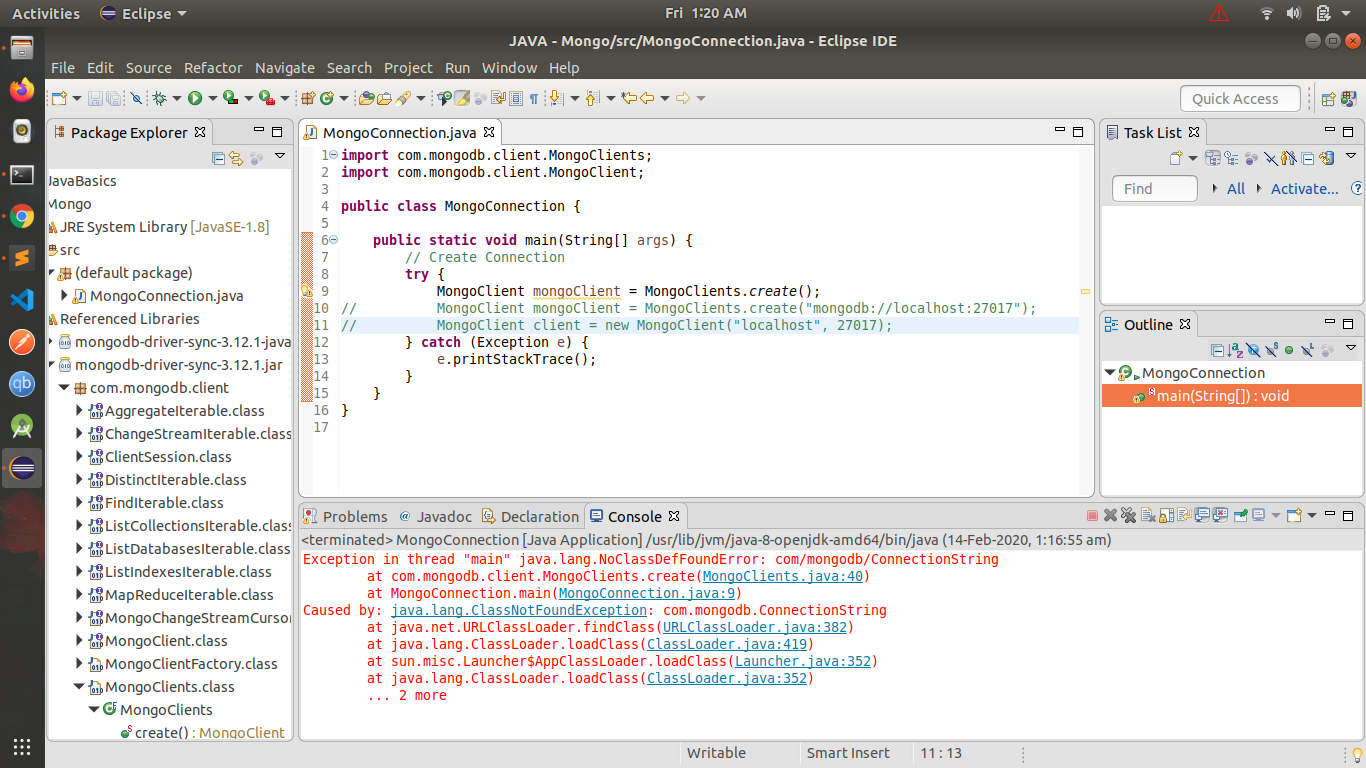
I'll respond in English for this specific request.
Here's a Java example that connects to MongoDB using the official MongoDB Java Driver:
Step 1: Add dependencies
To connect to MongoDB, you need to add the following dependencies to your Maven project (if you're using Maven) or Gradle project (if you're using Gradle):
For Maven:
org.mongodb
mongo-java-driver
3.12.7
For Gradle:
dependencies {
implementation 'org.mongodb:mongodb-driver-java:3.12.7'
}
Step 2: Create a MongoDB client
In your Java program, create an instance of the MongoClient class:
import com.mongodb.MongoClient;
import com.mongodb.MongoCredential;
import com.mongodb.MongoOptions;
public class MongoDBExample {
public static void main(String[] args) {
// Set up the MongoDB connection settings
String hostname = "localhost";
int port = 27017;
MongoCredential credential = MongoCredential.createCredential("admin", "myDatabaseName", "myUsername", "myPassword");
MongoClient mongoClient = new MongoClient(new ServerAddress(hostname, port), credential);
// Use the client to perform operations on your MongoDB database
}
}
Step 3: Perform CRUD (Create, Read, Update, Delete) operations
Here's an example of how you can perform basic CRUD operations using the MongoClient instance:
// Create a document
DBObject document = new BasicDBObject();
document.put("name", "John Doe");
document.put("age", 30);
DBCollection collection = mongoClient.getDatabase("myDatabaseName").getCollection("myCollectionName");
collection.insert(document, new GetLastError(), true);
// Read a document
DBCursor cursor = collection.find();
while (cursor.hasNext()) {
DBObject obj = cursor.next();
System.out.println(obj);
}
// Update a document
BasicDBObject updateDocument = new BasicDBObject();
updateDocument.put("name", "Jane Doe");
collection.update(new BasicDBObject("age", 30), updateDocument, false, true);
// Delete a document
collection.remove(new BasicDBObject("age", 30));
In this example, we create a MongoDB client using the MongoClient class and specify the connection settings (hostname, port, username, password, and database name). Then, we use the client to perform basic CRUD operations on our MongoDB database.
Additional Tips
Make sure you have the correct dependencies in your project. Adjust the connection settings to match your MongoDB instance's configuration. Use proper error handling and exception handling in your program.This is just a basic example of how you can connect to MongoDB using the official Java driver. Depending on your specific use case, you may need to perform additional steps or handle errors differently.
Hope this helps!
